Grayson Perry: Portrait Of The Artist As A Young Girl
£7.60£9.50 (-20%)
Every inch of Grayson’s childhood bedroom was covered with pictures of aeroplanes, and every surface with models. Fantasy took over his life, in a world of battles ruled by his teddy bear, Alan Measles. He grew up. And in 2003, an acclaimed ceramic artist, he accepted the Turner Prize as his alter-ego Clare, wearing his best dress, with a bow in his hair.
Now he tells his own story, his voice beautifully caught by his friend, the writer Wendy Jones. Early childhood in Chelmsford, Essex is a rural Eden that ends abruptly with the arrival of his stepfather, leading to constant swerving between his parents’ houses, and between boys’ and women’s clothes. But as Grayson enters art college and discovers the world of London squats and New Romanticism, he starts to find himself. At last he steps out as a potter and transvestite.
Read more
Additional information
| Publisher | Vintage, New Ed edition (4 Jan. 2007) |
|---|---|
| Language | English |
| Paperback | 208 pages |
| ISBN-10 | 0099485168 |
| ISBN-13 | 978-0099485162 |
| Dimensions | 13 x 1.12 x 19.84 cm |

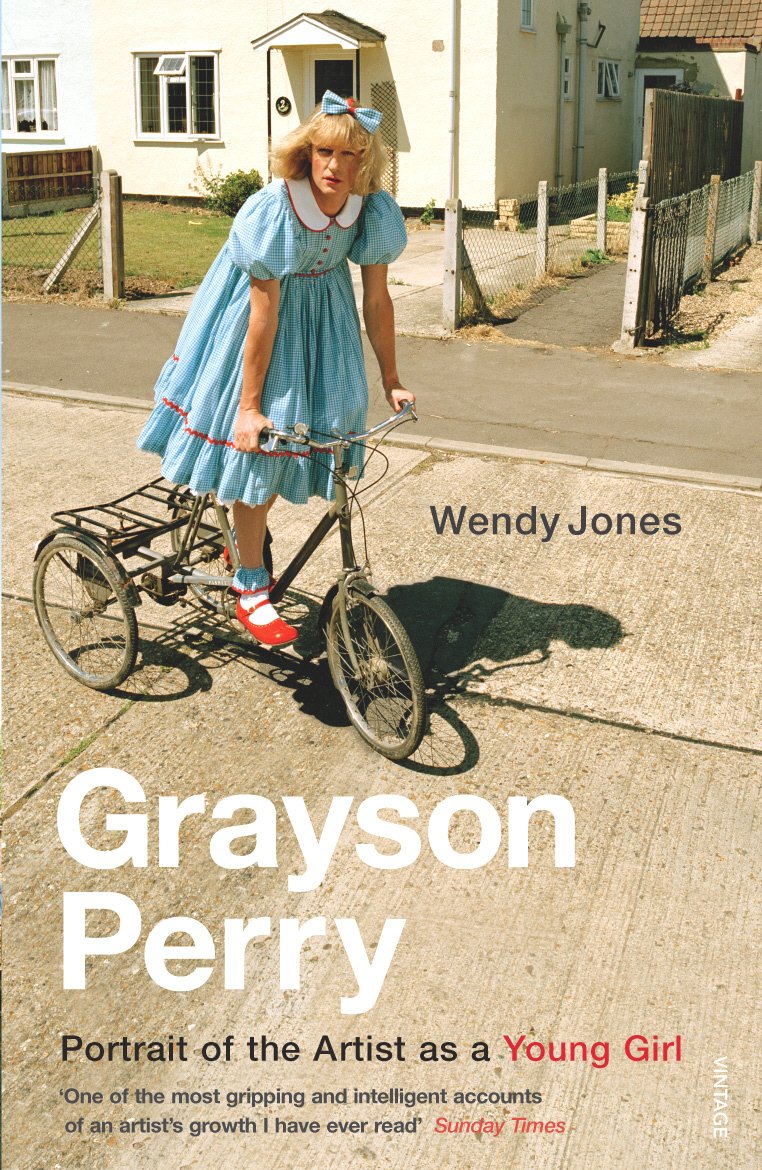
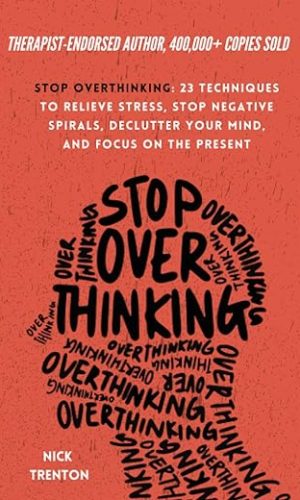


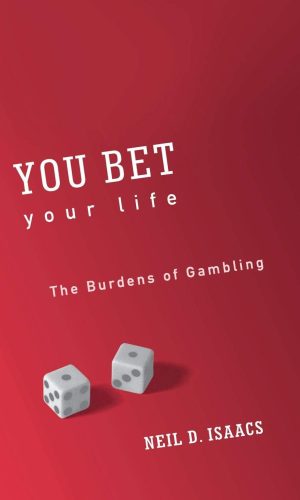
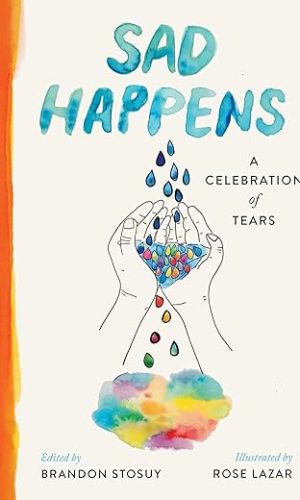
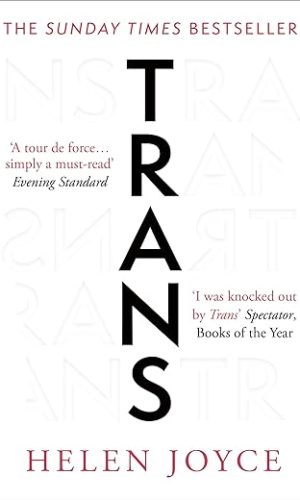
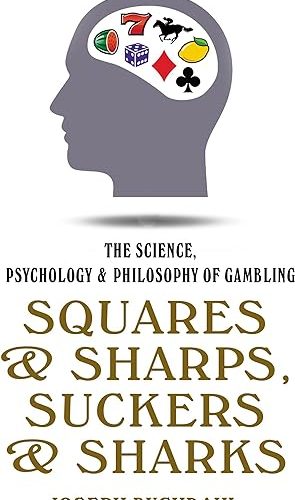
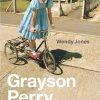
by Kindle Customer
An intimate portrait of Grayson Perry’s childhood which although it says a lot, nonetheless leaves you conscious of what you are not being told. Some doors are kept firmly closed. But then, it is right to not tell the world everything. This is an original.
by Graham Gosling
I’ve always been fascinated by Grayson’s work and his ability to produce magnificent pieces of work in any medium he encounters.
This book is an essential read to get even a small insight in to the early life of this man who is in my opinion one of the greatest pure artists around
Don’t read if you cannot appreciate that everyone does not have a standard upbringing. Or perhaps do, you need to understand more about the World and the vast variety of people that inhabit it.
For me this is an essential read and a book that I will undoubtedly reread again soon.
by Simon Binning
Grayson Perry is an interesting subject; an artist whose public profile – both as Grayson and as Claire, his alter ego – is probably better known than his art. A profile that challenges people’s perceptions of both the artist and the man. The book is written by Wendy Jones, based on many interviews and discussions with Perry, but written in his voice. His early life was somewhat difficult; family affairs, difficult divorces; step-parents. Stability was lacking, and he developed a vivid imagination to give him comfort and security. At the centre was Alan Measles; a teddy bear, who became the focus of this realm. His description of these times is touching; of the hopes and fears of childhood; of learning about friendship and family; of burgeoning sensual feelings, with little or no understanding of what they meant.
His interest in female clothing, and his understanding of what lies behind it for him develop as he grows up, and it is a fascinating read. It is a gradual process, broken up by his own fears and doubts, and also by the intervention of others when he is discovered. He explains his own motivations and rewards; his relief at the acceptance of others.
Now known to the public primarily as a potter, he was a late developer in this area. It was only as an adult that he found a teacher who inspired his love for traditional potting and ceramic techniques which he uses today. His stories about his college years will be familiar to most students; particularly those of around his generation. The stories of ventures into performance art, and a brief period of drug use are poignant and sometimes very funny. He wryly subjects his younger self to some severe criticism, acknowledging that he lost his way several times. But artists don’t emerge fully formed; at least, not very often. They need to form, develop, grow. Move from the derivative to the original. And I really got that from this book. He shows us his early need to please; parents; teachers; contemporaries. And then his acceptance of himself; to do what he wants to do, and to be what he wants to be.
The book is one of the best descriptions of what it means to be an artist I’ve read. In many ways, it’s not anything magical; talent yes, but dedication, experimentation and perseverance are just as important. He’s not afraid to analyse his talent and creativity; to acknowledge his weaknesses as well as his strengths. The different facets of his character work together to make him the artist and man we see today, and very likeable he is. It’s definitely worth a read.
*You can read all my reviews in full on my blog; there is a link on my profile page*
by Janie U
I read a Wendy Jones novel many years ago and went to see her talking about it. She mentioned she had also written a biography of Grayson Perry and it must have stayed in my head. Watching him on TV during lockdown I was reminded of her comment – I also went to a GP exhibition at the Sainsbury centre in Norwich which triggered me to buy the book.
The book is 193 pages split into 22 chapters.
Cleverly, photos of some of GP’s artworks are inserted within the text at appropriate points, this is preferable to the usual batches of shiny photos which are often viewed out of context (although there is one batch of photos in the middle of this book used to show the colours used in Grayson’s art).
This narrative covers GP’s childhood and formative adult years. Unsurprisingly (he was born in 1960), it is full of 1960s and 70s nostalgia. I was born in 1967 and much of this is familiar, making the book a comfortable read.
GP narrates his memories to Wendy Jones, as she explains from the start, allowing her to create the format in which the stories will be read. Grayson’s voice is always dominant and he is never able to hide behind his fame. Amongst the anecdotes there are plenty of glimpses into his psychological make-up and opportunities to consider the reasons for his adult persona.
I was curious about some of the people around him, particularly his step father who is never mentioned by name. Of course, Grayson later goes on to explain this and how it typified their relationship.
The more GP reveals the more difficult it seems that he became the man he is now. It is never addressed directly but there is a huge question running through the book. Some people are a product and often direct copy of their upbringing, surrounded by love and support or even hatred and violence. Others become themselves despite their childhoods and GP definitely falls into this category – there is an unasked question about whether or not this makes someone stronger and more confident in themselves. He explains that he has followed a common path through therapy and seems to have come out of this process positively.